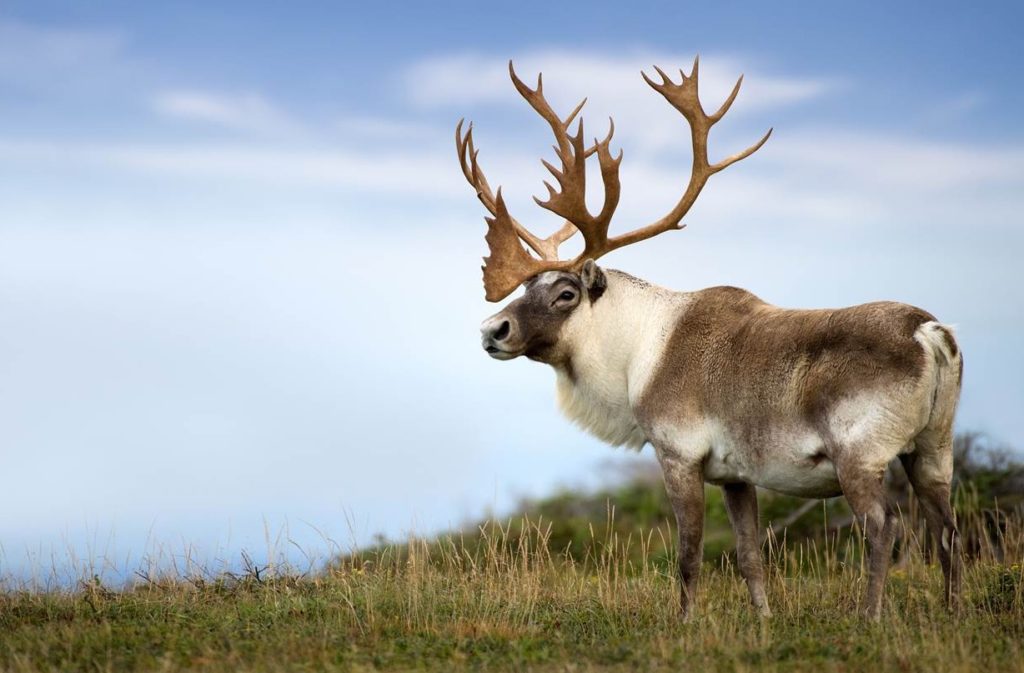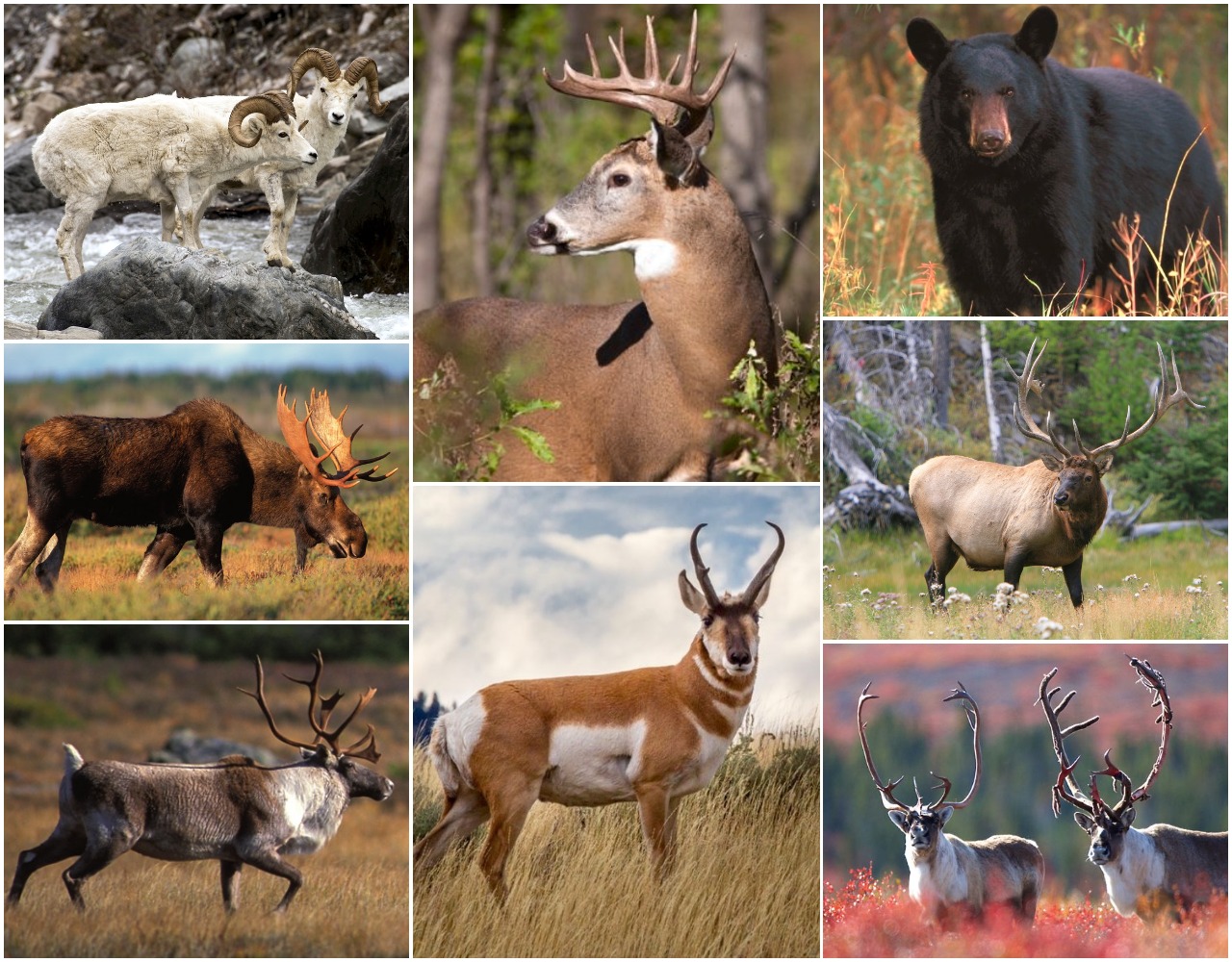The hunt is on!
Wildlife managers across the land reveal this year’s hot spots for Canada’s favourite big-game animals
Advertisement

NEWFOUNDLAND and LABRADOR
For the most part, the three main big-game animals hunted in this province—moose, caribou and black bears—are typically unaffected by winter. Most hunting takes place on the island of Newfoundland. In Labrador, where game populations are smaller, there is no hunting season for caribou, and non-resident moose hunting is not permitted. Halted in 2016, a program to collect moose and caribou jawbones from hunters resumes this year. Submissions are not mandatory, but since the samples provide wildlife managers with important biological information, hunters are encouraged to participate.
BLACK BEARS
Advertisement
With Newfoundland’s stable population of black bears—between 6,000 and 10,000 animals—the prospects for hunters look pretty good on the island, where there’s a bag limit of two, as well as both spring and fall seasons. The best hunting will be away from the major roadways.
CARIBOU
There is no sport hunting for caribou in Labrador, but Newfoundland hunters have a chance to pursue the island’s 30,000 woodland caribou. The population has declined by about 66 per cent since the 1990s, although it has remained stable for the past seven years. The prospects for hunters who are drawn for this hunt are excellent, with hunting success at about 75 per cent.
Advertisement
MOOSE
Since first introduced in 1904, moose have flourished in Newfoundland, with the population stabilizing at approximately 112,000 animals. With 28,000 licences available and hunter success around 60 per cent, the prospects for the coming season are terrific. Although there is no precise estimate for Labrador, the moose population is increasing in both numbers and range; this year, there is a slight increase in available licences.

